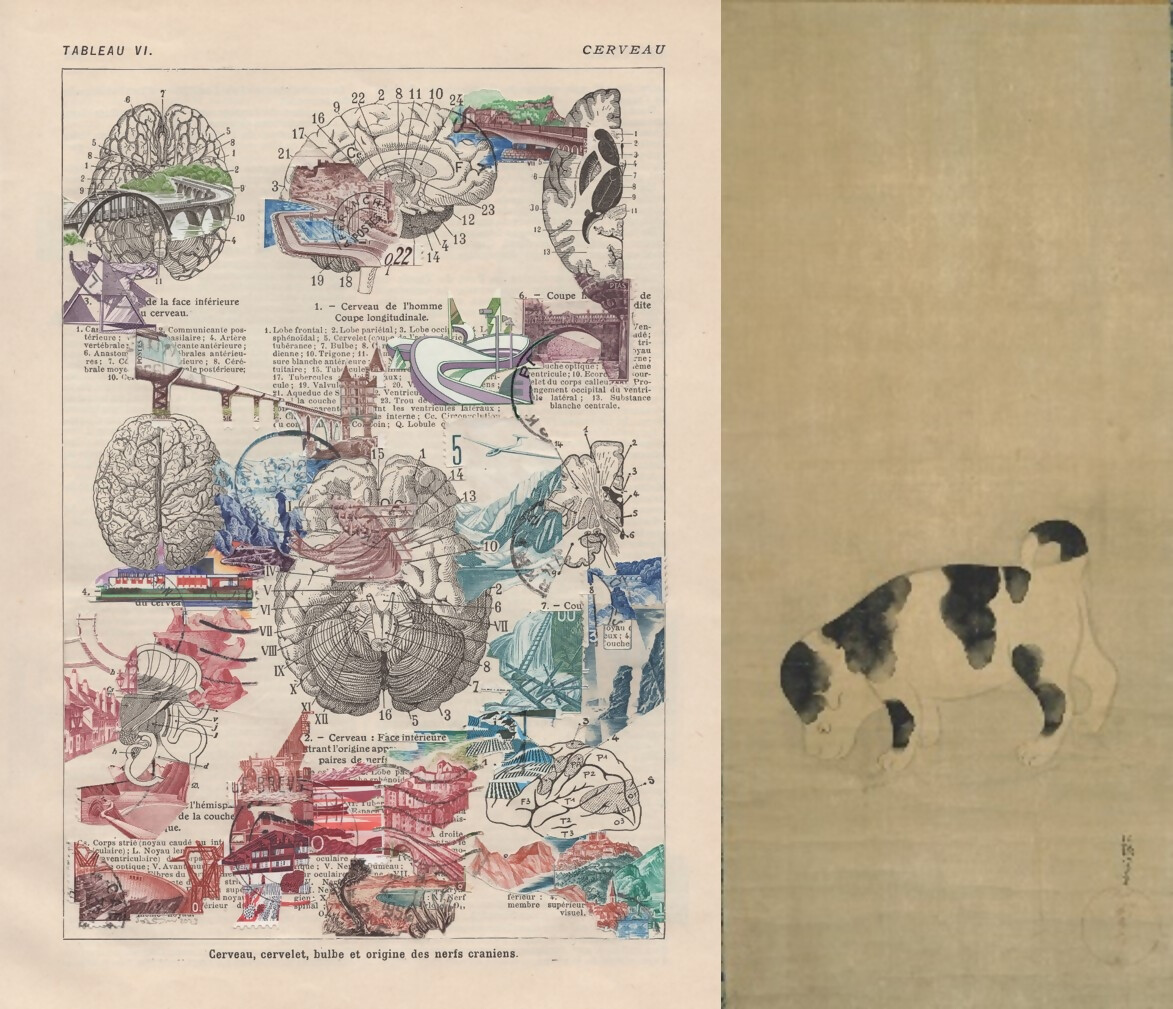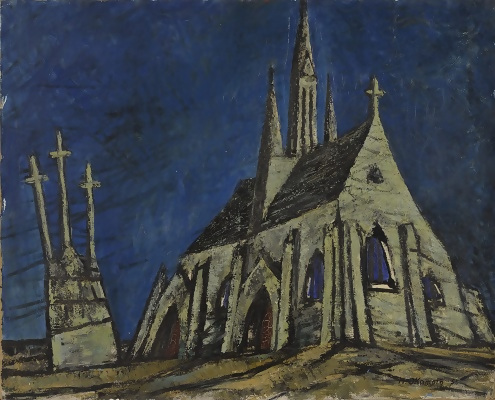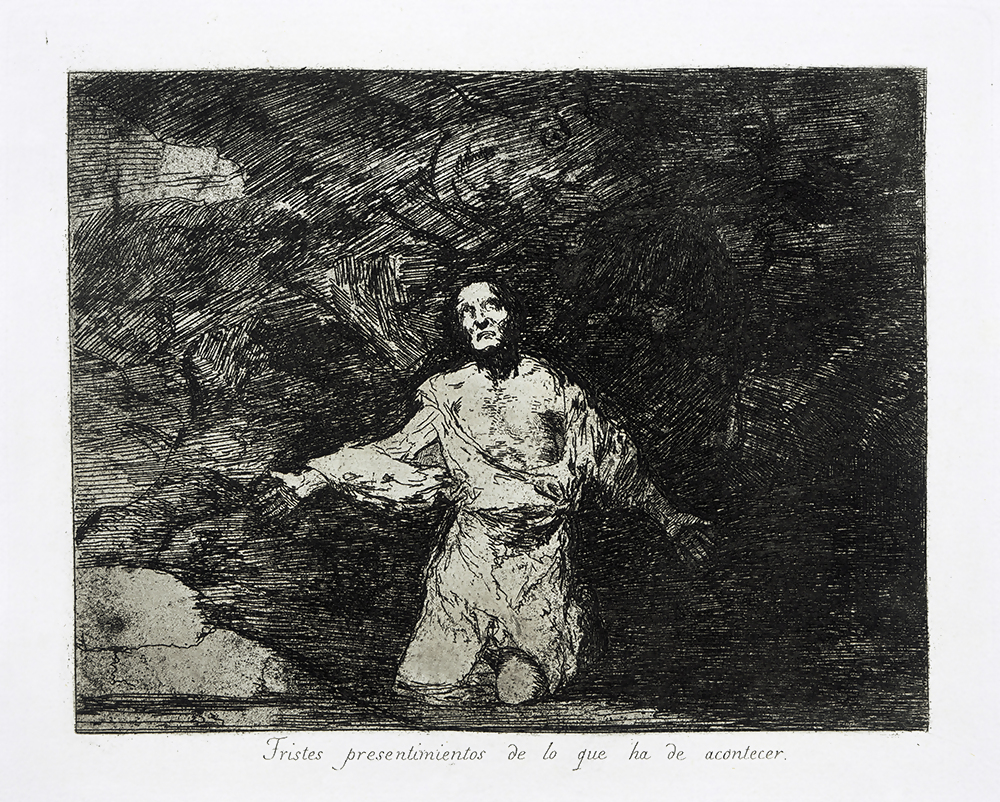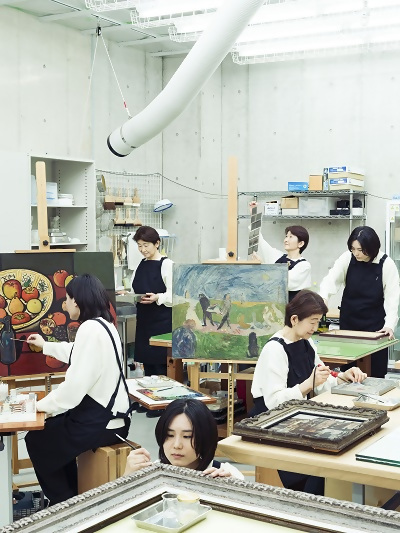Exhibitions
KAMAKURA ANNEX 2024
Iwatake Rie + Kataoka Junya, and the Museum Collection
An Illustrated Guide for Gravity and Materials
Through exhibiting selected works from the museum’s collection of Japanese art, such as Tawaraya Sotatsu’s (n.d.–ca. 1640) Puppy, and Mandala of Both Realms, alongside works by the collaborative unit Iwatake Rie + Kataoka Junya (both 1982–), this project will cast a new light on the museum’s extensive catalog. Kinetic works inspired by daily life and natural phenomena, as well as paintings and prints incorporating the scenes captured by telescopes and microscopes, will be installed to provide a unique method to explore the sculptural characteristics found in Japanese art, such as visual association and multiple viewpoints.
Images: (left) Iwatake Rie, Bodyscape, 2024, Collection of the artist; (right) Tawaraya Sotatsu, Puppy, Edo period, Museum collection
New Treasures of Museum Collection I
Acquisitions from 2015 to 2019
We will introduce our newly acquired artworks in a series titled "New Treasures of the Museum Collection." This time, we will exhibit about 60 pieces, including oil paintings, sculptures, and prints that have previously not been exhibited, acquired from the fiscal years 2015 to 2019. Discover the diversity of our collection’s new additions.
Image: Okamoto Hanzo, Tronoën (Chapel in Bretagne), 1955, Museum collection
Goya — The Caprices / The Disasters of War: Prints from the Museum Collection
Francisco de Goya (1746–1828) is considered a pioneer of modern painting, recognized for his piercing depictations of humanity. In his late forties, unsatisfied with his success as a court painter in Spain and after losing his hearing, he turned to printmaking to pursue his creative vision. This exhibition will present a complete collection of the prints from Goya's two major print series, "The Caprices" and "The Disasters of War," presented separately for the first and second halves of the exhibition. We also trace themuseum's extensive history of exhibitiong Spanish prints through related works and documents shedding light on how Goya was received by Japanese audiences.
Image: Francisco de Goya, The Disasters of War, 1. Sad foreboding of what is going to happen., 1863, Museum collection
Kamakura Annex 40th Anniversary Exhibition
Repairing, Preserving, and Keeping
Conservation and Restoration of the Museum of Modern Art, Kamakura & Hayama
One of the important roles of an art museum is to preserve its collection in good condition and pass it on to future generations. We have been striving to maintain an environment that protects the artworks, occasionally treating them, and constantly updating our methods to find the best ways to preserve them for the future. In this exhibition, using the three words "repairing," "preserving," and "keeping" as a guide, we will introduce the museum's behind-the-scenes efforts that are usually unseen, such as the restoration process, tools used for restoration, and the ingenuity employed to exhibit works while protecting them.
Image: Illustrative image for Restoration of The Museum of Modern Art, Kamakura & Hayama. Photo: Sato Kasuaki
KOGANEZAWA Takehito×SANO Shigejiro: Drawing / Cinema
Featuring two artists, contemporary and from the museum's collection, this exhibition will provide a reading from a single perspective. The exhibition introduces the work of Koganezawa Takehito, who has developed a diverse range of media from painting to video and three-dimensional works, and Sano Shigejiro, whose work in book design and illustration with unique hand-drawn text and line drawings is as beloved as his oil paintings. How does "drawing," rendering an image with lines, differ from illustration? What is the sense of movement brought about by the sequence of images? This exhibition will explore the boundaries of two-dimensional expression, focusing on the colors and lines created by the artist's hands and eyes.
Images: Koganezawa Takehito, Drawing / Cinema (variation after Sano Shigejiro’s drawings), 2024, Collection of the artist






